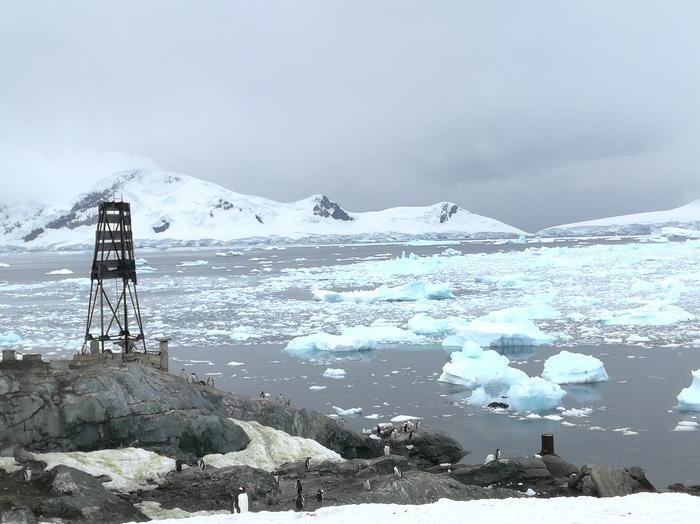The rainfall in West Antarctica, particularly around the Antarctic Peninsula, shows considerable inconsistency on the inter-annual time scale. Recently, scientific research activities, fisheries, and tourism have been going through notable growth there.
 Antarctica Scientific Expedition in 2019. Image Credit: Shuanglin LI
Antarctica Scientific Expedition in 2019. Image Credit: Shuanglin LI
Therefore, exploring the inconsistency of rainfall in West Antarctica, along with the Antarctic Peninsula, is of considerable significance for practical and scientific aspects. As the most powerful signal of interannual climate variability, El Niño applies considerable effects on climate in the Antarctic, particularly in the West Antarctic.
Nevertheless, a new study showed that the impact of ENSO (El Niño–Southern Oscillation referring to the wider climate pattern that consists of the phases of El Niño and La Niña) on rainfall in West Antarctica is not important, which varies with its considerable effect on the West Antarctic climate via modulation of the Amundsen Sea low-pressure system through Rossby wave trains (oceanic or atmospheric waves that form as a consequence of Earth’s rotation).
The effects of varied kinds of El Niño events on precipitation over West Antarctica and the Antarctic Peninsula have been cleared up and the uncertain association between the two has been explained in a research study by Prof. Shuanglin Li from the Institute of Atmospheric Physics, Chinese Academy of Sciences, Beijing, China, and Xueyang Chen and Dr Chao Zhang from the China University of Geosciences, Wuhan, China. The results were recently published in Atmospheric and Oceanic Science Letters.
Previous studies show that precipitation over West Antarctica, especially the Antarctic Peninsula, is less correlated with El Niño. One possible reason is that these studies did not classify El Niño into its two known sub-types: EP [Eastern Pacific] and CP [Central Pacific] El Niño.
Prof. Shuanglin Li, Institute of Atmospheric Physics, Chinese Academy of Sciences
CP and EP events have identical effects on rainfall over the Amundsen–Bellingshausen seas, but opposite effects on that over the Weddell Sea, along with the eastern Antarctic Peninsula, thus canceling one another out with regard to the precipitation response they persuade. This, of course, then contributes to the improbability of ENSO’s influences on rainfall over the Antarctic Peninsula.
EP events force two branches of Rossby wave trains that propagate southeastward and converge in West Antarctica, which causes an anomalous anticyclone and cyclone over the Ross–Amundsen–Bellingshausen seas and Weddell Sea, respectively. Consequently, anomalous southerly winds occur over the Bellingshausen–Weddell seas, acting to decrease the amount of precipitation there. In comparison, only one weak and westward-shifted Rossby wave train is stimulated under a CP event, which induces an anomalous anticyclone and cyclone in the Ross–Amundsen seas and Bellingshausen–Weddell seas. Anomalous southerly winds reduce the precipitation over the Amundsen–Bellingshausen seas, while anomalous northerly winds increase the precipitation over the Weddell Sea.
Xueyang Chen, China University of Geosciences
Journal Reference:
Chen, X., Li, S., & Zhang, C. (2023). Distinct impacts of two kinds of El Niño on precipitation over the Antarctic Peninsula and West Antarctica in austral spring. Atmospheric and Oceanic Science Letters. https://doi.org/10.1016/j.aosl.2023.100387.